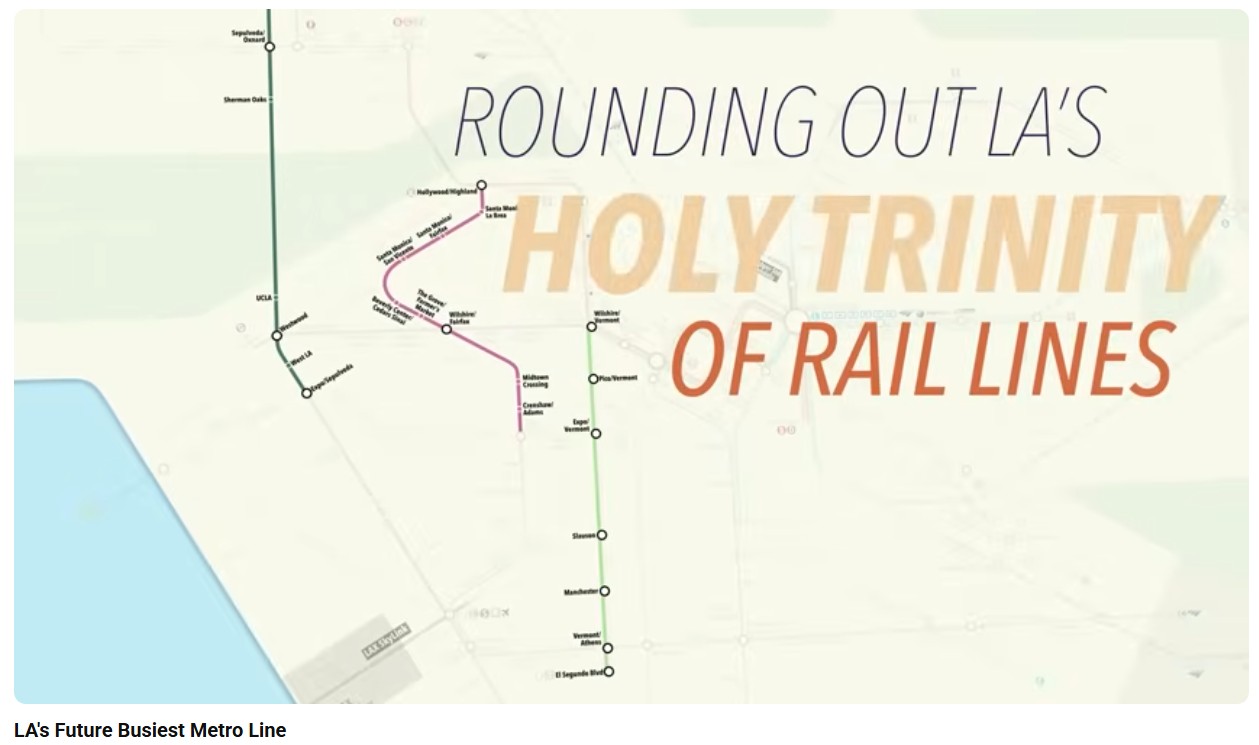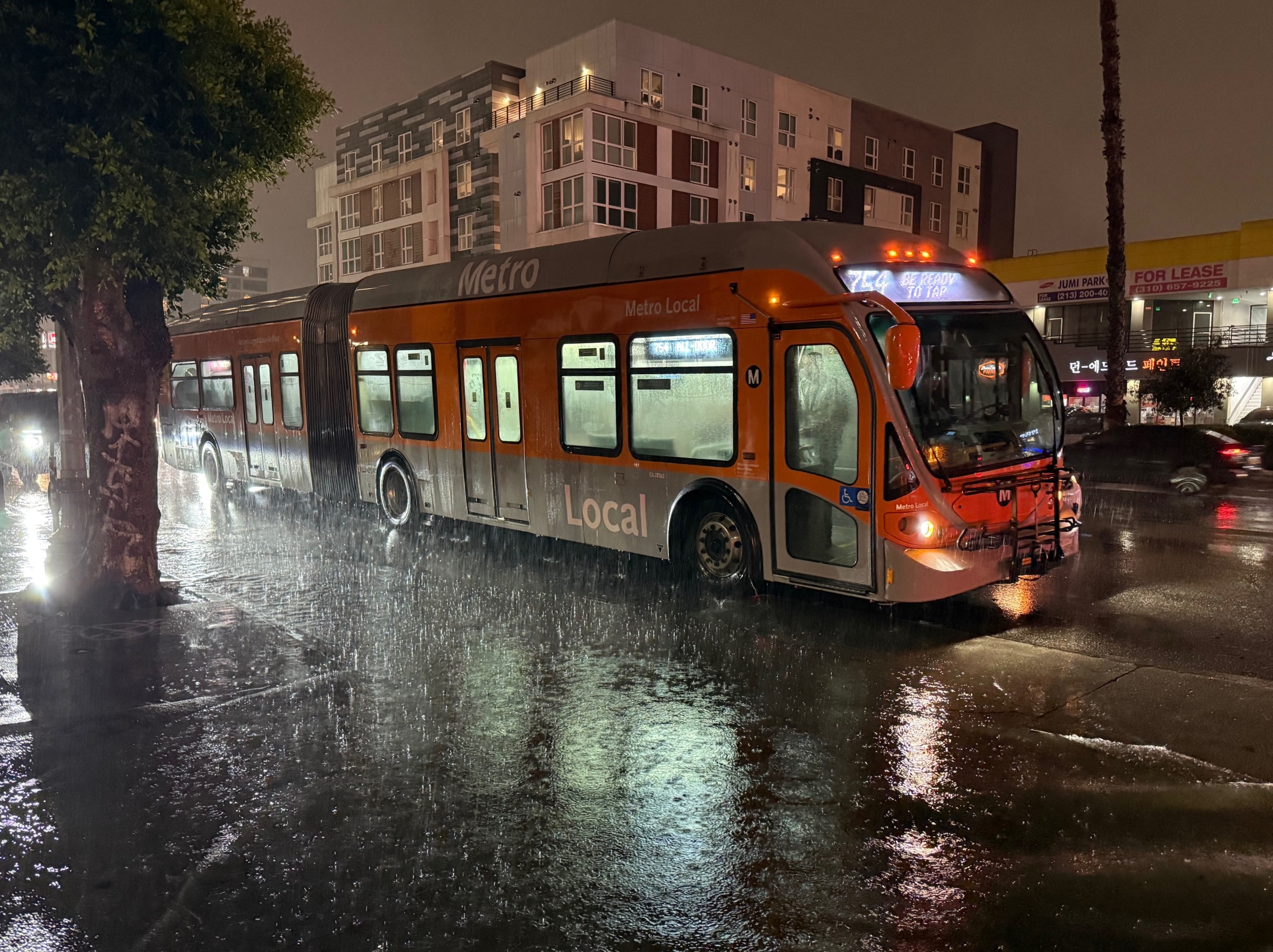Today on the Streetsblog Network, a post from Aaron Renn on New Geography
about the anti-urban bias in transportation spending. Renn points out
that when it comes to the amount of taxes they contribute and the
amount of funds they get back from the government, the nation's cities
all too often get the short end of the stick -- to the ultimate
detriment of regional economies.
It's a complicated question, and we suggest that you go and read his very thoughtful post in full. Here's a taste:
Too many roads to nowhere. (Photo: Peter Zarria via Flickr)
Among urban and rural areas, who subsidizes whom?
It's methodologically difficult to measure net taxation, but the
studies that have been done suggest that, contrary to the belief of
some, urban areas are big time net tax donors. For example, a recent Indiana Fiscal Policy Institute study found that Indiana's urban and suburban counties generally subsidize rural ones...Exhibit A is transportation. Two-thirds of Americans live in large metro areas, yet less than half the federal transportation stimulus funds are going to the top 100 metro areas.
Missouri is spending half its stimulus money on 89 small counties that
account for only a quarter of the state's population. In Ohio, the
state cancelled plans to spend $100 million in stimulus funds on the
crumbling Cleveland Inner Belt bridge in order to divert them to paying
for a $150 million bypass around Nelsonville -- a town of only 5,000
people. This is part of a plan to construct a four-lane divided highway
into sparsely populated southeast Ohio as part of a “build it and they
will come” economic development plan. Mecklenburg County, NC, the
state's largest and home to Charlotte, received only $7.8 million out
of the first $423 million in projects in that state. The Atlantic
Monthly described this as a contest between a “mayor's stimulus” and a “governor's stimulus” -- and the governor won.
State after state has rural “roads to nowhere.” Without anylegitimate economic development strategy on offer for depressed ruralareas and small industrial cities, salvation is said to lie in accessto four lane highways. The logic is that until every county in Americais crisscrossed with these things, somehow residents are deprived oftheir due. This plays well to rural resentment, allowing people who areby nature proud believers in self-reliance and dismissive of welfare toclaim instead that they've been cheated out of their “fair share” oftransportation money...
Regardless, a lack of transportation investment is crippling ourcities, many of which have congested, crumbling roads and shakybridges... [G]overnance reform at the state level is critical tobring transportation funding allocations in line with real populationand economic development measures. That's not to say that rural areasshould get no funding. There are many areas where legitimate statefunding is warranted, such as replacing substandard bridges orcorrecting roads with dangerous geometry. But that doesn't mean statesshould spend huge amounts of money on large rural expansion projects ofdubious value that rob urban areas of the funds needed for projectswith genuine transportation merit and real economic developmentpotential.
More from around the network: Westside Bikeside has problems with a plan to use federal funds for a $30 million bike path along the beach in Los Angeles. Biking in LA sees it another way. And Bike Delaware News has an open letter asking Rep. Mike Castle to support the Active Community Transportation Act.






